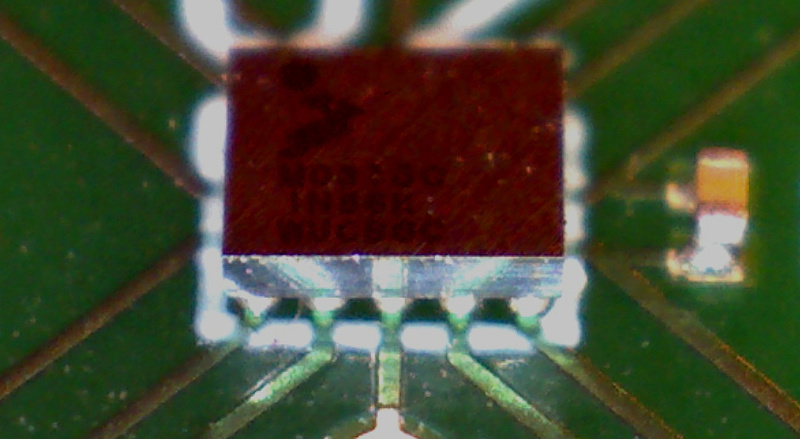All systems require some type of safety margin or operational tolerance. In analog electronics, we talk about headroom: the difference between design signal level and the point at which the system starts clipping or inducing distortion. In digital electronics, it’s design safety margin. For example, if your power supply needs to supply 100 Watts, you want it to be able to deliver a peak of, say, 150 Watts. You don’t want it to self-destruct at 101 Watts. There are many environmental factors that may push the load above 100 Watts for a short period of time and you don’t want to have to repair the product every time it gets a little extra warm in the office.
Most folks don’t look at electronics manufacturing as being such a system. But it is. Manufacturing is a very complex system that takes several different types of input from multiple sources and delivers output in the form of a functioning product. Like all systems, there are environmental factors that sometime pop up to negatively affect the output. As a manufacturer, we need a safety margin to minimize the chances of those environmental factors having a negative impact on the output – just like the design does.
Our three primary system inputs are information, components and labor. We generally have control over the labor aspect. Although events like extreme weather and global pandemics can have a measurable impact on labor as an input.
Information is controlled by mutual communication between service provider and customer. Safety margin involves reducing ambiguity in the information set.
Components are the most critical and least controlled aspect of the system. Where labor is concerned, we can work a few extra hours if need be. For information shortages, we can give someone a call to clarify. However, if there is no safety margin in the quantity of components, we may not be able to deliver the required number of finished boards. Machines do sometimes miss-pick parts or drop them. Sometimes the component distributor will be short a few in their counts.
If we need 100 parts to complete the build and only receive 100 parts, we don’t have any safety margin. Read this blog post for specific details on our 10/10/10 policy to help you factor in manufacturing safety margin. And, while you are putting your kit together (if you’re not having us order your parts) think about component quantity just as you would any other product specification. You need a safety margin.
Duane Benson

